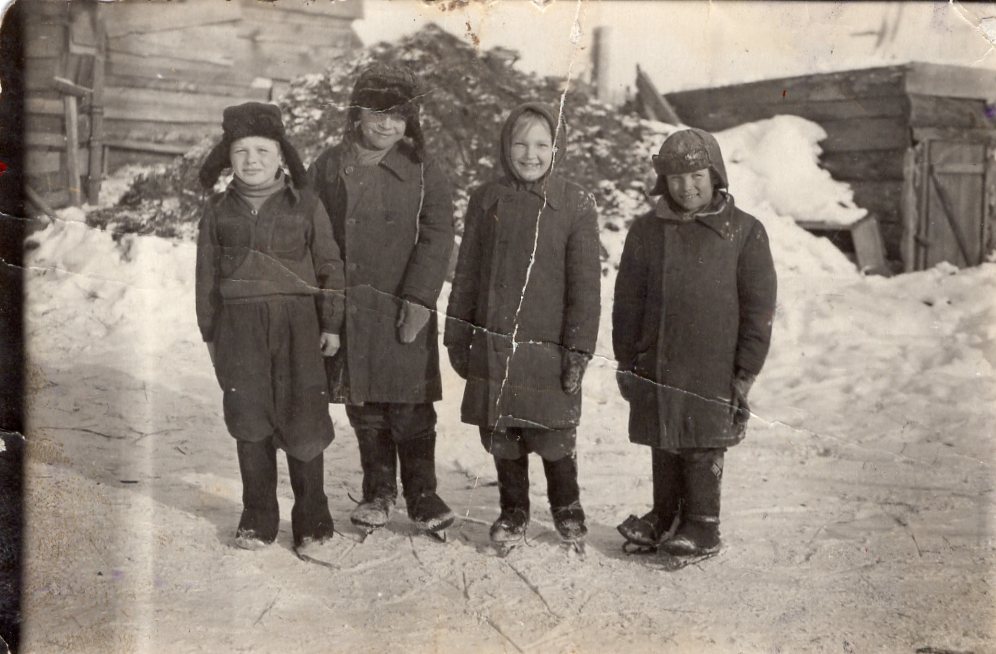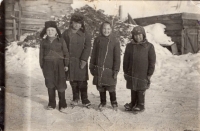Born on the second day after the raid

Stáhnout obrázek
Vasyl Lesyshyn was born on October 23, 1947, in Zavadiv village, Stryi district, Lviv region. The day before, his father Vasyl (born 1920) and grandmother Kateryna (born 1901) were arrested. In 1946, his grandfather Mykola Lesyshyn was arrested. At the age of eight months, on May 22, 1948, he and his mother were arrested and sent through the prison to a special settlement in Ust-Shysh, Znamenskyi District, Omsk Oblast, where his father and grandmother were already staying. There, in 1955, he went to school. A year earlier, his grandfather was released from a camp in Karaganda, and he joined his family in Ust-Shysh. The grandfather told his grandson about the Kengir uprising, the reasons for deportation and imprisonment. On August 25, 1956, the family was released from a special settlement, and in September they returned to Zavadiv, where Vasyl was able to continue his studies. After graduating from eighth grade, he continued his studies in Stryi, where he began playing volleyball. In 1965 the team became the regional champion. Later there was an army and studying at the evening faculty of the Drohobych branch of the Lviv Order of Lenin Polytechnic Institute.
